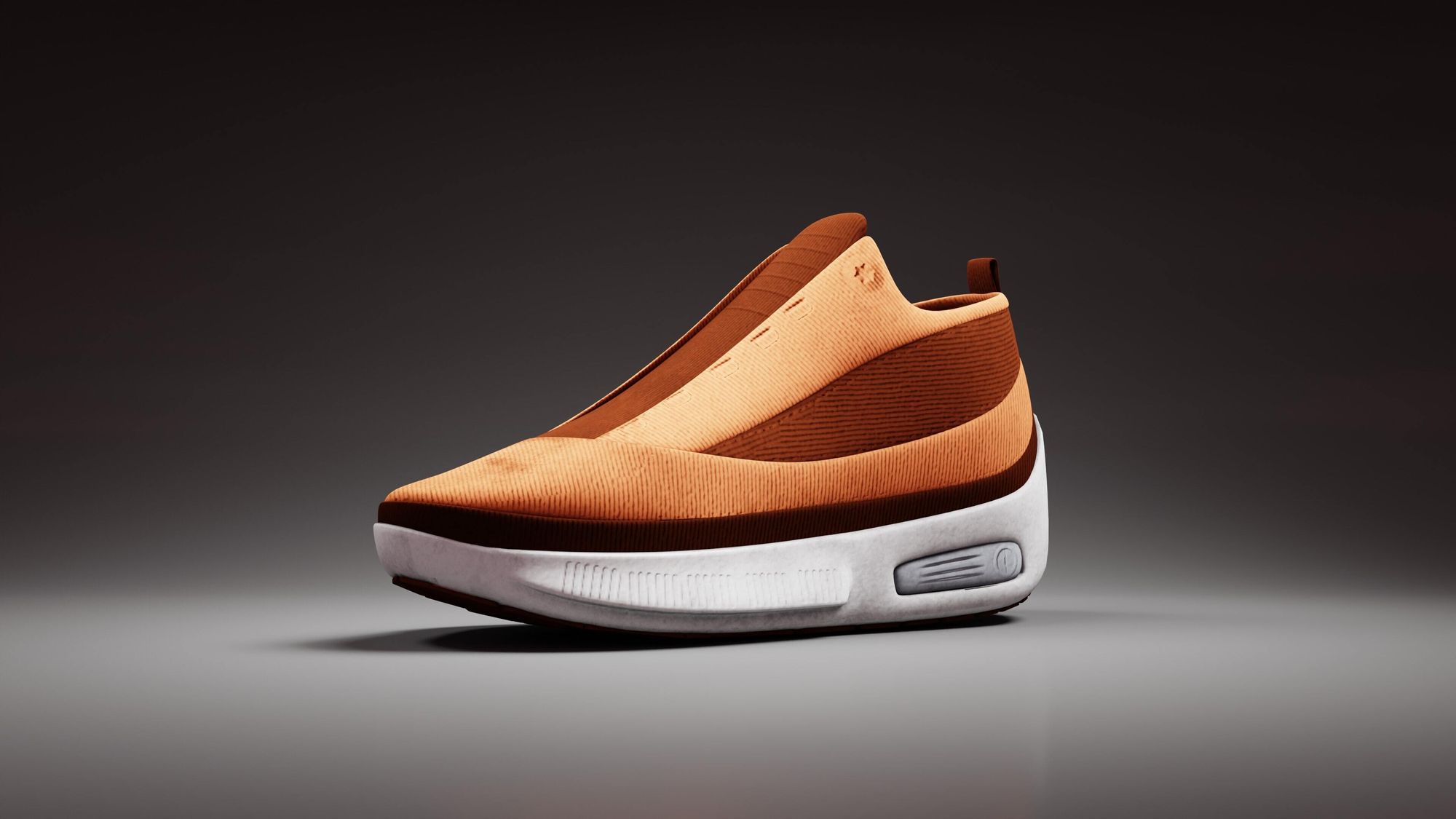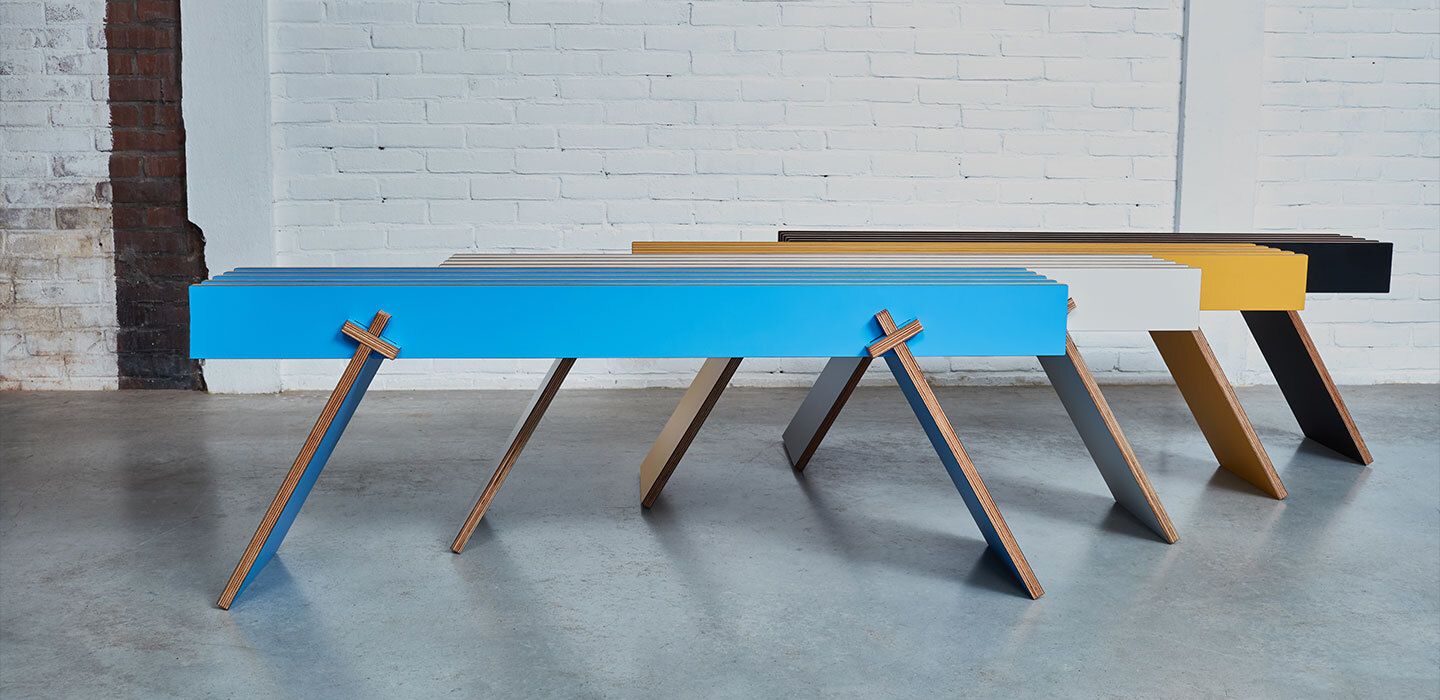
Benefits of 3D Parametric Models for Manufacturers
3D parametric models are crucial to your manufacturing business & products. Read our ultimate guide to parametric models to learn the benefits.
Table of Contents
From hand-drawn sketches to computer-aided design (CAD), manufacturers and designers are constantly seeking avenues to improve business processes that boost productivity and sales. Businesses today are equipped with a wide range of tools, models, and approaches to help them achieve these goals.
As a manufacturer, your approach to custom product development influences a multitude of factors, including productivity, quality, performance, and innovation. Even if you've been modeling in non-parametric models for the past decade, leveraging 3D parametric models opens up a whole new world of possibilities.
According to the 2019 USA eCommerce Report, consumers who actively engage with 3D models spend 60% more and make 90% more purchases. 3D parametric models enable you to integrate geometric parameters and calculated dimensions, and improve productivity by automating model generation based on these parameters.
If you’re still not sold on how parametric models can be crucial to your manufacturing business and products, continue reading.
What Are 3D Parametric Models?
Parametric modeling refers to a systematic approach to 3D modeling where functionality and constraints help capture design intent. In contrast to direct modeling, the parametric design allows you to scale 3D objects in real-time. Because of the nature of parametric design, the process requires significant upfront planning.
Users can generate real-time 3D renderings of custom items in a parametric configuration without requiring assistance from designers or developers. With the right constraints and relations properly applied, 2D sketches turn into 3D models that perfectly express the designer's intent, e.g., a customer making a table wider or thicker.
For 2D models and non-parametric designs, it’s difficult to capture designer intent. If you have to make design changes in these models, you’ll spend a significant amount of time modifying drawings and editing individual geometric elements.

How Does a Parametric Model Work for 3D Product Configuration?
Parametric modeling works similarly to CAD software. Users can set parameters for a particular product, and then automatically get a 3D model of the design. The 3D parametric models are derived from a set of mathematical expressions. For the model to be valid, the expressions must reflect real-life product information, rules, and constraints.
In this model, product parameters are pre-programmed algorithms that use internal logic rather than manual input. These parameters link the various design elements together. Before parametric modeling, editing the shape of 3D models was difficult. For instance, to change a 3D object, the designer would have to adjust its length, width, height, etc.
With 3D parametric modeling, the designer only needs to alter one parameter and other dependent parameters may be automatically adjusted. For instance, if you had to adjust the distance between the ceiling and the floor of a house, the wall is a derived parameter in this context. So, it can automatically adjust to match the same length.
Why Should Manufacturers Opt for Parametric Configurations?
Design Experimentation and Validation
3D parametric configuration allows manufacturers to design and test products directly within their CAD environments. You can evaluate and assess the performance of the product against different parameter combinations by using advanced simulation software that works directly with your 3D models.
Faster and Easier Product Updates
Manufacturers often modify or adjust their current designs to improve products or re-engage customers. Sadly, it can be very challenging for non-parametric 3D models to accommodate even the most minute changes, due to the complexity of engineering data. A single revision or build requires manually creating or updating other equally essential parts and subassemblies.
Even with that, you’ll be lucky to do so without any errors. 3D parametric models reduce the risk of errors for design changes by doing most of the heavy lifting for you. Thanks to its parametric nature, you can experiment and validate new designs without hassle.
3D Product Configurators
3D product configurators are among the most popular use cases for parametric models. Configuring products to meet customer preferences is a labor-intensive task when dealing with 2D or non-parametric 3D models. It often takes a great deal of time to manually modify the data, alter the geometry, and prepare manufacturing or technical documentation.
A 3D product configurator that takes custom designs and orders directly from the customer to the manufacturing system is a valuable tool for any construction company, manufacturer, or retailer. And for this reason, your sales team won’t spend an obscene amount of time responding to every custom order and preparing a quotation. Moreover, 3D product configurators are a great investment for any manufacturing business.
Auto-Generate and Update Product-Related Documentation
For manufacturers, it's not just the design of a product that matters. There are other product-specific documents, including CAD drawings and renderings, FEA (Finite Element Analysis) simulations and analysis, and a bill of materials.
Many of these features are not available in 2D models or configurators. After any modification, you’d have to update these documents manually. In contrast, changes in 3D parametric models can be automatically updated in product-related deliverables. That allows you to generate accurate documentation at all times.
Enable Design Agility
Design is, by its very nature, an iterative process. Manufacturers can't expect to create the best product on the first try, so they should use tools that allow for easy changes and improvements. For conceptual design, 2D modeling may be sufficient. However, you will always start from scratch when making new design concepts or testing potential new products.
So why not explore the benefits that 3D parametric modeling can provide? Building a 3D parametric model may seem quite daunting and time-consuming, but you’ll end up saving time and money when you need to make changes to the model later.
Better Automation
By leveraging 3D parametric configurators, manufacturers can automate their process through real-time visuals of custom-made products, giving clients more assurance and confidence in the end product.
The configurator is ideal for engineered-to-order use cases, where customers can customize, pay, and order products directly, bypassing sales representatives and engineering teams.
Benefits of Parametric Models to Sales Teams
- Client certainty before ordering: Parametric models enable customers to fully customize their products, thus reducing the endless back and forth between sales reps and customers, which is common with 2D and non-parametric 3D models.
- Higher customer satisfaction: There’s no better product advocate than a satisfied customer. Parametric models enable seamless customer experiences, providing different product variations and visualization tailored to customer preferences.
- Increased user engagement and retention: Parametric models enable customers to become active participants in the product creation process. Through the different model variations, customers can participate in the innovation process and engage better with your platform. This behavioral shift from the traditional ‘click and buy’ to ‘configure and buy’ leads to better customer retention and brand loyalty.
- Faster sales process: It can be quite difficult for salespeople to complete custom orders using only 2D or non-parametric models. They’ll have the engineers create sketches and prototypes for the models and then provide a quotation for each change. 3D parametric models reduce time to order, ensuring minimum manual intervention.

How Salsita Supports 3D Parametric Models
Recently, some manufacturing industries and luxury brands have been adopting 3D parametric models to help them build their products, prototypes, and configurators. Parametric models allow them to alter and visualize product elements in real-time. reducing errors and order cycle times, enabling higher agility and automation, and boosting sales.
KILO, a custom furniture manufacturer, wanted a product configurator that let customers order products with arbitrary dimensions and generated accurate manufacturing diagrams based on the chosen configuration. By leveraging Salsita 3D Configurator, they enabled full parametric modeling of their furniture, automating the configurator to integrate with KILO’s manufacturing process. Have a look at the case study.










